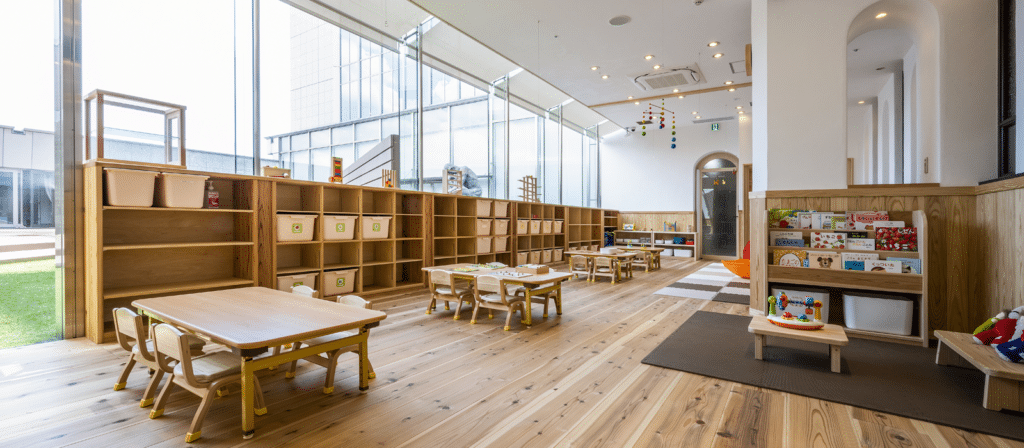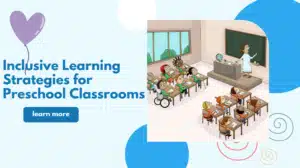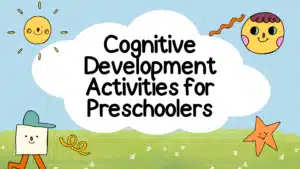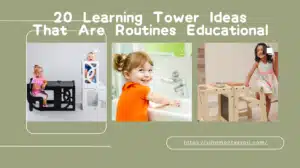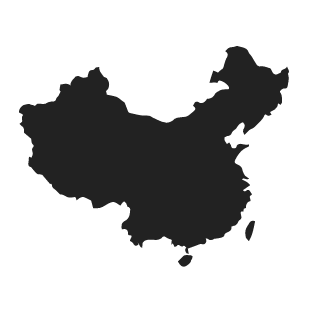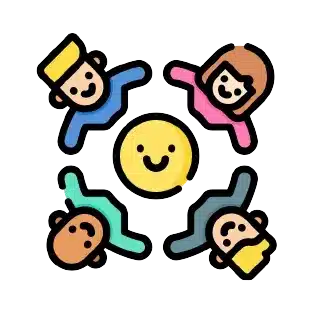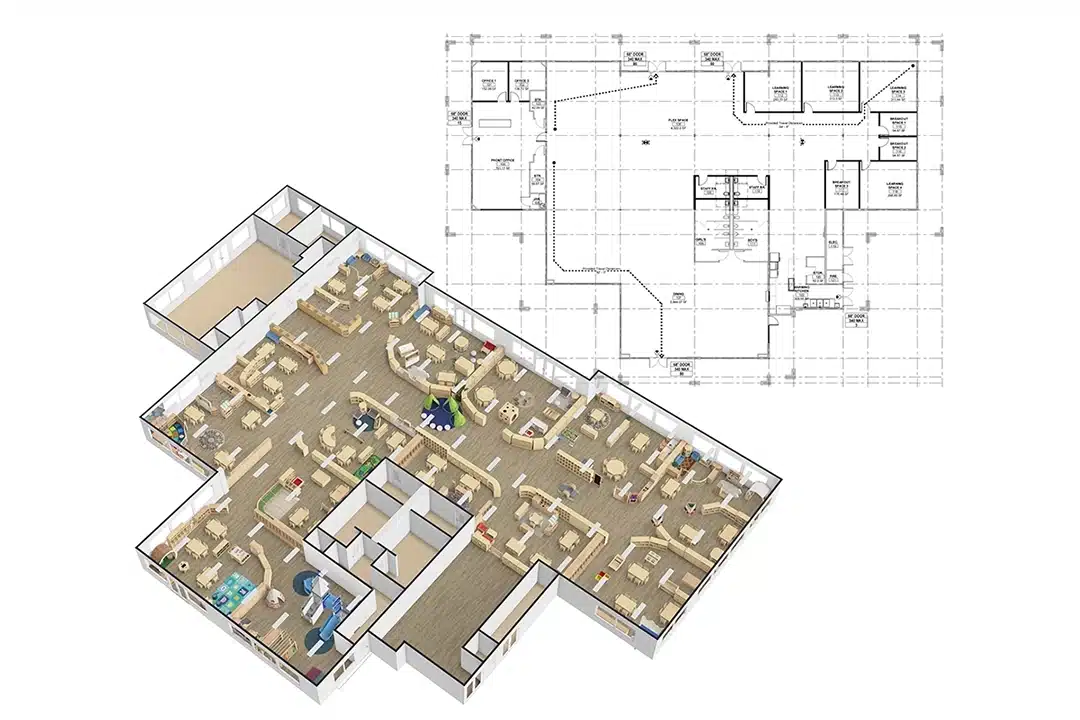Are you searching for innovative ways to create a stimulating and engaging science corner in your Reggio Emilia-inspired classroom? Look no further! In this blog post, I will provide you with valuable insights and practical tips on designing a Reggio Emilia science corner that promotes exploration and discovery.
Discover the art of designing a Reggio Emilia Science Corner that sparks wonder and cultivates a deep understanding of the scientific world. From choosing the right furniture to creating an immersive and hands-on environment, we explore the key elements that contribute to a rich and engaging science corner in a Reggio Emilia-inspired setting.
To begin with, it is essential to carefully select the furniture for your science corner. The furniture should be child-friendly, inviting, and flexible. Opt for tables and chairs that are adjustable in height, allowing children of different ages and sizes to comfortably engage in scientific activities. Consider using natural materials like wood, which aligns with the Reggio Emilia philosophy’s emphasis on the use of natural elements in the learning environment.
Classroom Science Corner
In addition to furniture, incorporating open shelves and display areas can enhance the aesthetics and functionality of your science corner. These spaces can be used to showcase materials and tools related to scientific exploration, such as magnifying glasses, measuring instruments, and specimen jars. By displaying these items, you are not only creating an inviting environment but also sparking children’s curiosity and encouraging them to explore.
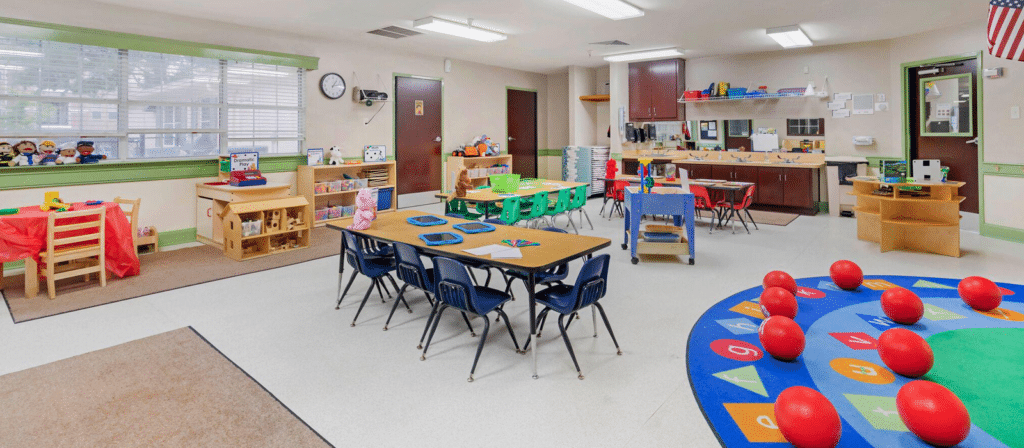
Science Corner Materials
Another crucial aspect of designing a Reggio Emilia science corner is creating a rich sensory experience. Integrate elements that engage multiple senses, such as tactile materials, scents, and sounds. For example, you could include a sensory table filled with sand or water, encouraging children to observe, touch, and experiment with different textures. By incorporating sensory elements, you are providing opportunities for holistic learning experiences and supporting children’s cognitive and emotional development.
Sensory Table
Furthermore, it is vital to ensure that your science corner promotes collaborative learning and social interaction. Arrange the furniture in a way that facilitates group work and encourages children to share their discoveries and ideas with their peers. Consider incorporating small group seating areas or comfortable floor cushions where children can gather to discuss their observations and conduct experiments together.
Collaborative Learning
To maximize the effectiveness of your science corner, it is essential to provide children with a variety of open-ended materials and resources. Include items such as magnifying glasses, microscopes, magnets, and natural materials like rocks, leaves, and shells. These materials allow children to engage in hands-on exploration, make observations, and develop scientific reasoning skills. By offering open-ended resources, you are encouraging children to think critically, ask questions, and pursue their interests independently.
Open-Ended Materials
In addition to physical materials, consider incorporating technology into your science corner. Provide access to tablets or computers with educational science applications and interactive simulations. These digital resources can serve as valuable tools for further exploration and research. However, it is important to strike a balance between digital and hands-on experiences, ensuring that children have ample opportunities for direct engagement with the physical world.
Technology in Science Corner
As children engage in scientific exploration, it is crucial to document their discoveries and reflections. Create a dedicated space within your science corner for displaying photographs, drawings, and written observations. This documentation serves multiple purposes – it allows children to revisit and reflect on their experiences, provides a visual record of their learning journey, and enables teachers and parents to gain insights into their thought processes. By emphasizing the value of documentation, you are fostering a culture of reflection and making learning visible.
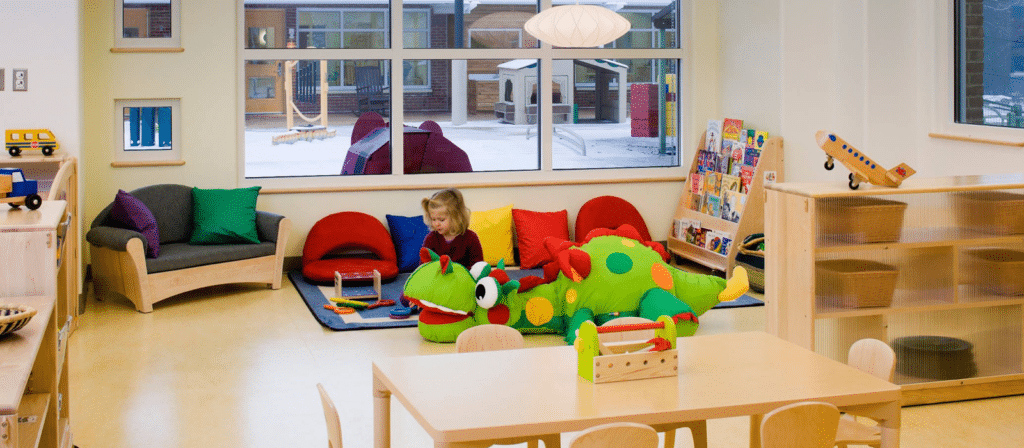
In conclusion, designing a Reggio Emilia science corner requires careful consideration of the furniture, materials, and overall environment. By incorporating child-friendly furniture, open-ended materials, sensory elements, and collaborative spaces, you can create a science corner that promotes exploration, curiosity, and scientific inquiry. Remember to document children’s experiences and provide opportunities for reflection. With a well-designed science corner, you are fostering a love for science and nurturing young minds to become lifelong learners.
Designing a Reggio Emilia science corner is an ongoing process that evolves with the needs and interests of the children. Stay open to their ideas and feedback, and be willing to adapt and modify the space accordingly. By continuously refining and enhancing your science corner, you are creating an environment that supports children’s natural curiosity and enables them to become active participants in their own learning journey.

